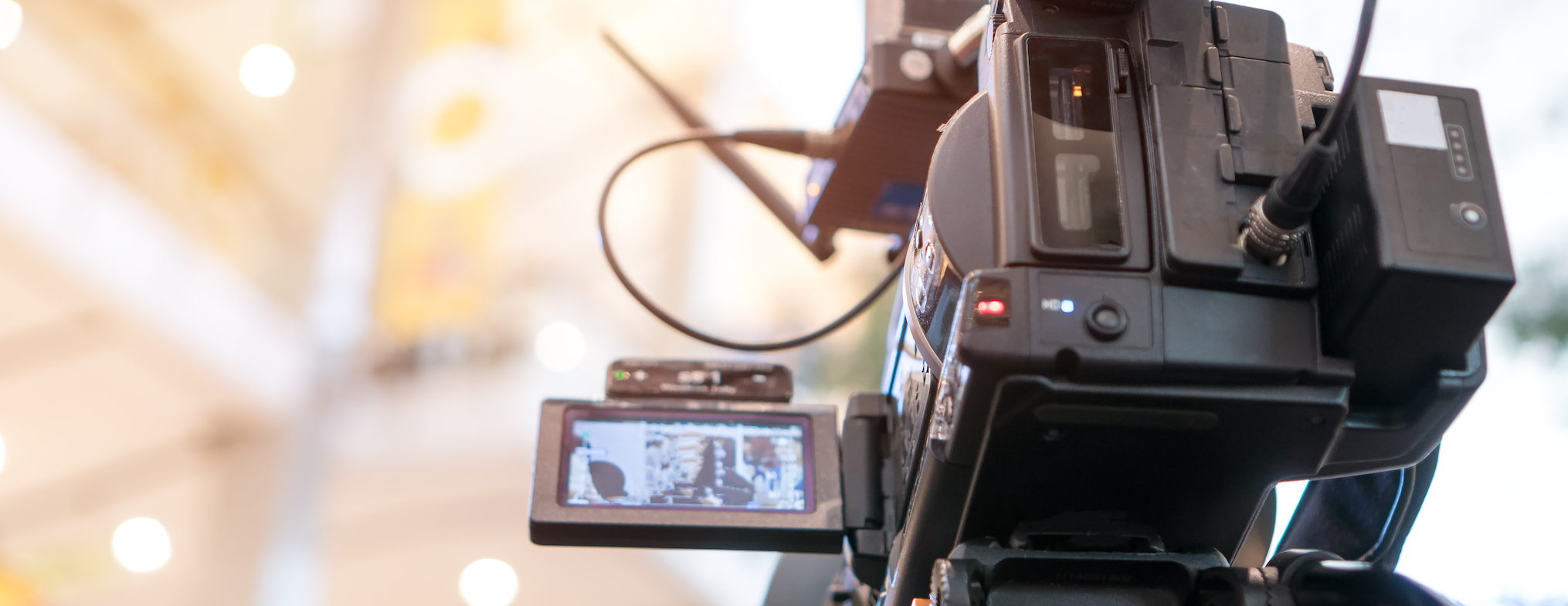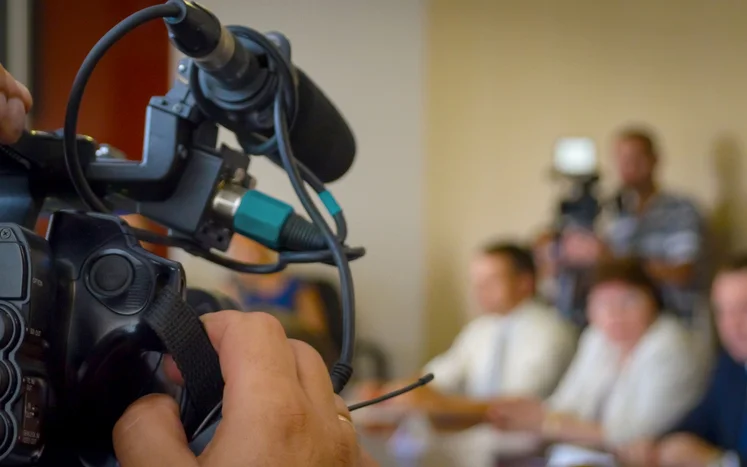Understanding the Effect of Legal Videography on Instance Outcomes
Understanding the Effect of Legal Videography on Instance Outcomes
Blog Article
Looking Into the Devices of Lawful Videography: Unveiling Its Procedure in Safeguarding Genuine Aesthetic Statement for Judicial Proceedings
In the world of judicial procedures, the function of legal videography stands as a foundation in preserving and providing visual evidence. As modern technology continues to advance, the systems behind lawful videography have come to be significantly elaborate, supplying a crucial layer of credibility to testaments caught on video.
Historical Evolution of Lawful Videography
Checking out the historical progression of lawful videography discloses a significant makeover in the recording and presentation of visual evidence within the legal landscape. In the past, legal process heavily counted on composed photographs and records to record occasions and provide evidence. With the introduction of video innovation, the legal market witnessed a paradigm change in just how aesthetic testimony was captured and provided.
The development of lawful videography can be traced back to the late 20th century when developments in video clip recording equipment made it extra accessible for usage in courtrooms. This technical development not just enhanced the accuracy and integrity of aesthetic proof yet also changed the method cases existed to discretionary (Legal Videography). Attorneys started to acknowledge the convincing power of video recordings in conveying feelings, nuances, and non-verbal signs that written photos or records alone can not catch successfully

Modern Technology Advancements in Video Clip Paperwork
What crucial technical advancements have revolutionized video documents in the lawful area? The legal area has seen substantial developments in video clip documentation modern technology that have actually boosted the authenticity and dependability of aesthetic evidence in judicial process.
In addition, advancements in video file encryption and watermarking technologies have strengthened the safety and security and tamper-proof nature of video clip proof, securing it versus unauthorized modifications or meddling. Additionally, the development of cloud storage space remedies and remote access abilities has streamlined the storage, retrieval, and sharing of video evidence, assisting in seamless collaboration amongst lawyers and ensuring efficient accessibility to critical visual testaments when needed. These technical advancements in video documentation have actually most certainly changed the lawful area, enhancing the accuracy, integrity, and admissibility of aesthetic proof in judicial proceedings.
Duty of Lawful Videographers in Court Room Settings
The advancement of video paperwork technology in the lawful field has demanded a critical role for lawful videographers in court settings, ensuring the stability and reliability of visual statements offered during judicial process. Lawful videographers play an essential duty in catching and preserving accurate visual proof that can be essential in court cases. Their obligation extends to establishing tools, tape-recording procedures, and producing top quality videos that accurately show the occasions in the court.
In courtroom setups, legal videographers should adhere to strict guidelines and standards to preserve the credibility of the aesthetic record. They should possess an eager eye for information and a complete understanding of legal treatments to guarantee that the video footage they capture is a real depiction of the occasions that took place. Additionally, lawful videographers typically work closely with lawful teams to make sure that the video clip evidence straightens with the situation's demands and can be efficiently offered in court to support the lawful debates being made. In general, the duty of legal videographers in courtroom settings is essential in upholding the concepts of justice and making certain the openness of legal process.

Ensuring Admissibility and Integrity of Video Evidence
To keep the check my reference credibility of aesthetic evidence offered in legal proceedings, making sure the admissibility and integrity of video evidence is a crucial duty for lawful videographers. Admissibility refers to the acceptance of proof by the court, and for video evidence to be acceptable, it has to meet certain standards. Lawful videographers play an essential function in making certain that the video clips they record abide with the guidelines of proof, such as reliability, importance, and credibility.
Honesty of video clip proof entails keeping the originality and precision of the video from the moment it is tape-recorded till it is presented in court. This includes safely keeping the video files, recording the chain of guardianship, and preventing any type of tampering or changes. Lawful videographers should comply with stringent methods to assure the integrity of the video clip evidence and protect against any challenges to its credibility.
Future Trends in Legal Videography
Given the boosting dependence on technology in legal proceedings, legal videographers are poised to embrace cutting-edge developments forming the future of aesthetic testimony capture and presentation. One of the prominent trends coming up is the assimilation of digital truth (VIRTUAL REALITY) and increased fact (AR) technologies right into lawful videography. These innovations have the possible to reinvent just how aesthetic proof exists in court rooms, enabling judges and courts to submerse themselves in the scene of the crime or case.
Furthermore, making use of expert system (AI) formulas for video clip analysis is expected to streamline the procedure of reviewing and examining large quantities of video clip footage. AI can help in recognizing key moments, anomalies, and patterns within videos, boosting the performance of lawful examinations.

Final Thought
Finally, legal videography has played a crucial role in providing genuine aesthetic proof for judicial procedures. Through technical advancements and the expertise of legal videographers, the stability and admissibility of video this post clip evidence are made sure in court settings. As lawful videography remains to develop, it will be vital to maintain requirements that maintain the accuracy and integrity of aesthetic statement for the future of legal proceedings.
Analyzing the historical development of legal videography reveals a significant improvement in the capturing and presentation of aesthetic proof within the lawful landscape.The advancement of video documents innovation in the legal area has demanded a critical duty for lawful videographers in court setups, making certain the integrity and integrity of aesthetic testaments offered during judicial proceedings. Additionally, lawful videographers commonly work carefully with legal teams to ensure that the video evidence aligns with the case's requirements and can be properly presented in court to sustain the legal disagreements being made.To keep the reliability of aesthetic proof provided in lawful procedures, making certain the admissibility and integrity of video clip evidence is an essential responsibility for legal videographers. As legal videography proceeds to develop, it will certainly be crucial to maintain requirements that keep the accuracy and integrity of visual statement for the future of lawful proceedings.
Report this page